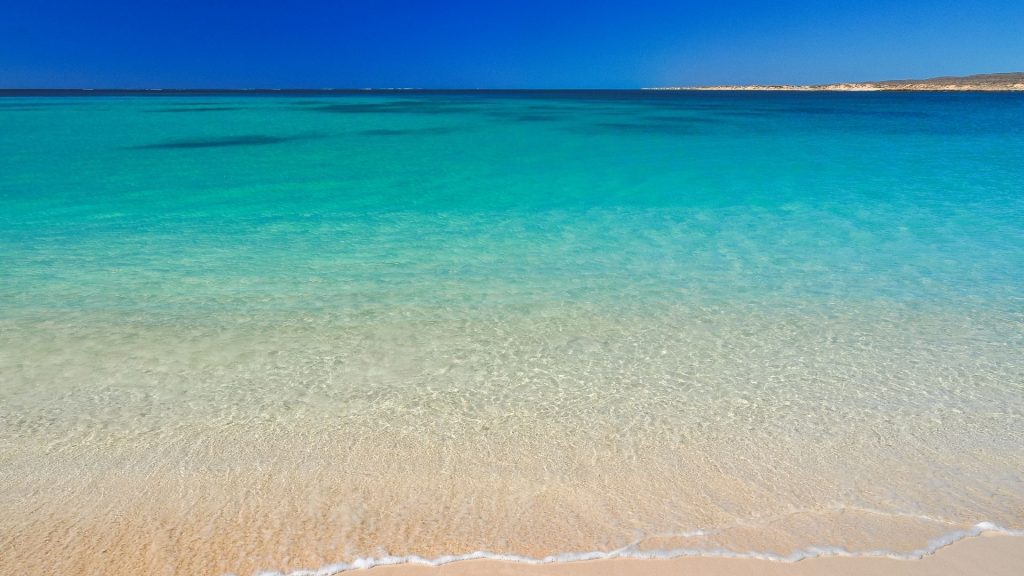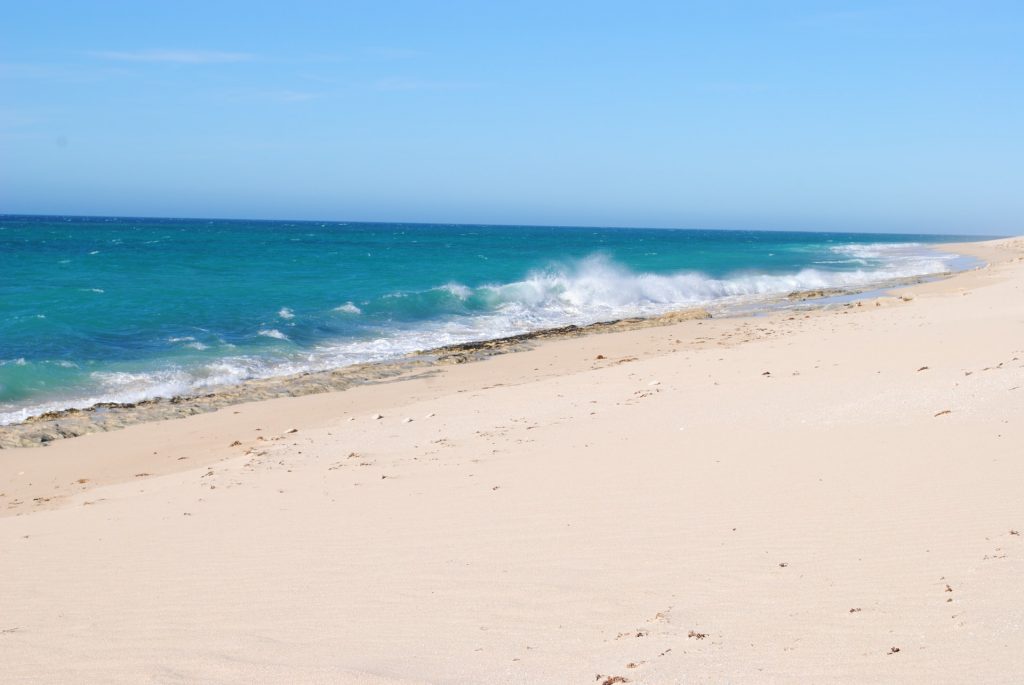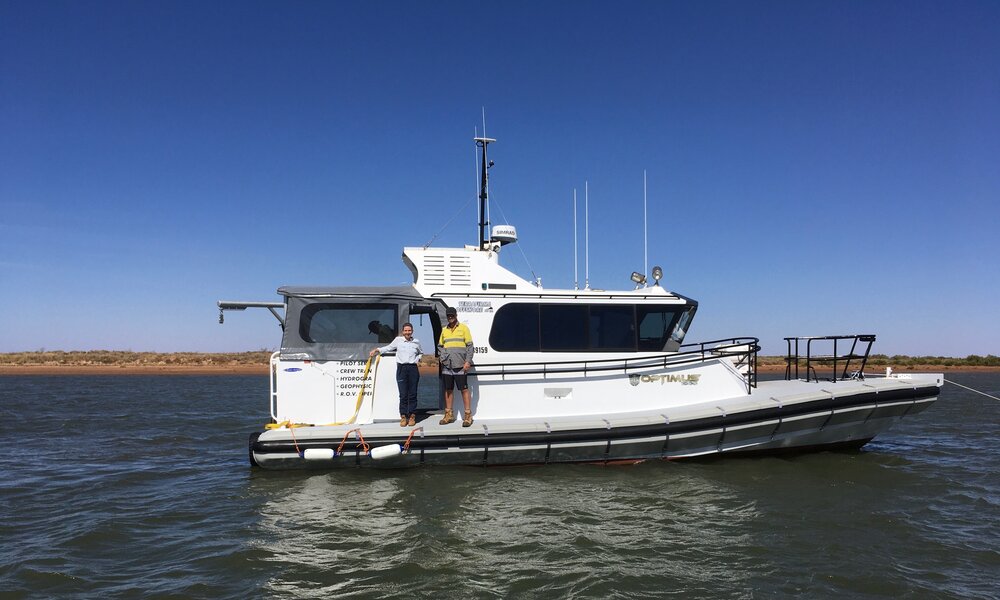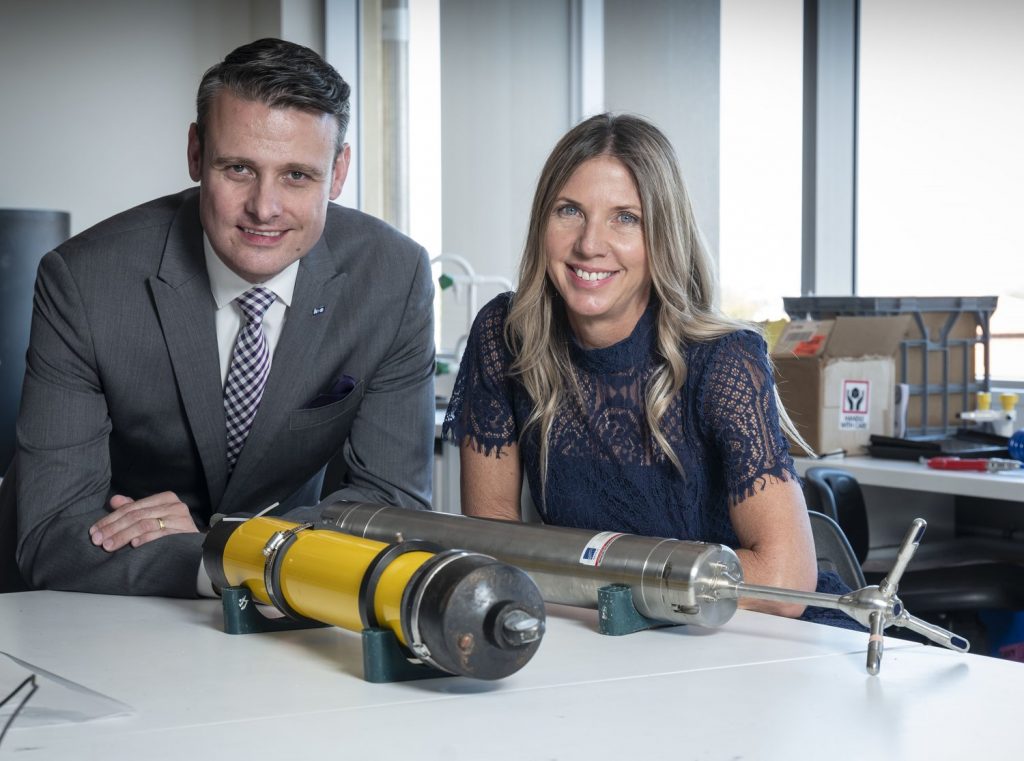Innovative research methods not before used in Western Australia are helping K+S determine the way nutrients are transferred across inter-tidal salt flats and into the ocean near the Ashburton Salt project site, thanks to experts from Murdoch University.
The research partnership between Murdoch University and K+S Salt Australia separates zooplankton from the other particulates in water samples and is part of a wider study to understand nutrient transfer, a key ecological process.
Zooplankton are floating or weakly swimming animals that rely on water currents to move great distances and can range in size from microscopic larvae to large jellyfish. They are an important contributor of nutrients in marine and intertidal environments.
Removing zooplankton from water samples enables a better understanding of nutrient flows but until now, this zooplankton separation process was not available in Western Australia.
“We initially undertook water sampling surveys throughout the tide cycle to measure the nutrient levels in water running across the intertidal wetlands and within the tidal creeks,” said K+S Manager Environment, Tobias Thoenelt.
“Samples were then provided to the Murdoch University Algae R&D Centre for analysis.”
Until recently, separating zooplankton captured in the water samples from other particulates was a challenging process.
Murdoch University researchers have now created a simple size fraction separation process to segregate most of zooplankton from other particles.
“We have developed an innovative method to separate the zooplankton from the other small particulates to gain more accurate nutrient level measurements,” said Associate Professor Moheimani of Murdoch University.
Mr Thoenelt said the aim of this research, along with a wide range of other sampling and analysis, was to provide a picture of how nutrients flow within the intertidal wetland ecosystem.
“We are now building a deeper understanding of this ecosystem, as a result of the nutrient study,” he said.
K+S Salt Australia Managing Director Gerrit Gödecke said he was pleased to be partnering with Murdoch University.
“This research, as well as the broader studies of the salt flats and nutrient transfer, will form part of K+S Salt Australia’s environmental analysis for the Ashburton Salt project development,” said Mr Gödecke.
“We have several partnerships with leading research institutes, such as Murdoch University.”
“These are not just important for the Ashburton Salt project, they also contribute to greater scientific knowledge of the region. We hope there will be long-term benefit to the community, as we plan on sharing results.”
Click here to learn more about the EPA approvals process.
Click here to read our latest update on the Environmental Studies.



